A study last year concluded that acupuncture helps to arouse coma patients with severe brain injuries. Electroacupuncture applied to acupuncture points GV20 (Baihui), which is at the top of the head; and GV26 (Shuigou), which is just below the nose; as well as related acupuncture points, accelerated a return to consciousness for coma patients and promoted neurological recovery.
The acupuncture group was measured against two other groups in a randomized clinical trial. One group received conventional medications and another received naloxone. The third group received electroacupuncture. Arousal rates for the standard medication group were 46.6 percent and 73.33 percent for the naloxone group. The acupuncture group had an 80 percent arousal rate from a coma state.

Treatments were administered for all groups at a rate of once per day for a total of 14 days.
Electroacupuncture treatments lasted 30 minutes per session.
All three groups showed improvement following completion of the treatment regime and at a one month follow-up investigation.
The electroacupuncture group scored higher in the Glasgow Outcome Scale than the naloxone group and conventional medication group. Notably, the naloxone group faired almost as well as the electroacupuncture group.
The conventional medication treatment group received standard care for hypothermia, medications for dehydration, hormone therapy, brain nutrition supplementation, vascular dilation therapy, anti-inflammatory medications, and other related pharmaceuticals.
Naloxone was given to the other medication group. Naloxone is an opiod inverse agonist and counters opioid overdoses and life-threatening depression of the central nervous system and respiratory system.
Although both medication groups showed benefits from treatment, the electroacupuncture group showed better neurological outcomes and higher arousal from coma rates.
The success of both naloxone and electroacupuncture over conventional medication regimes may suggest a need to study combining these therapies. Perhaps it is possible to exert a synergistic effect by combining these therapies thereby enhancing the therapeutic value and improving patient outcomes.
The Healthcare Medicine Institute (HealthCMi) publishes news, research, and acupuncture continuing education courses online for acupuncture continuing education and professional development credits. Learn more at HealthCMi.com

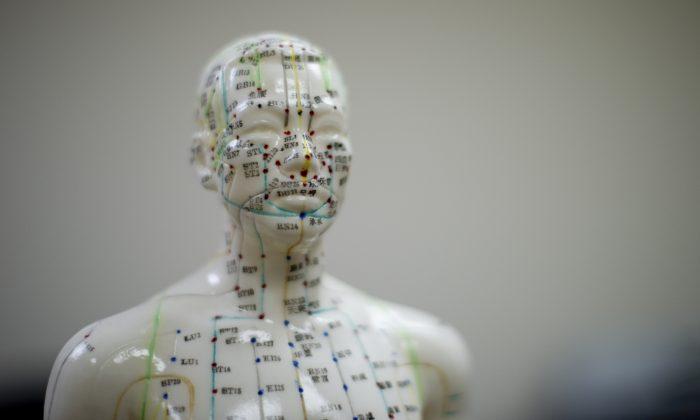
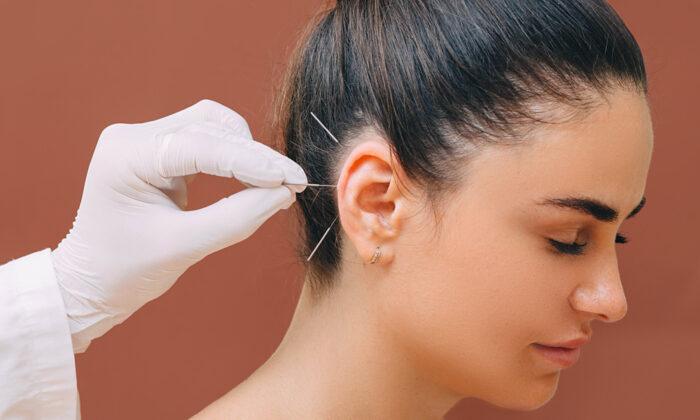
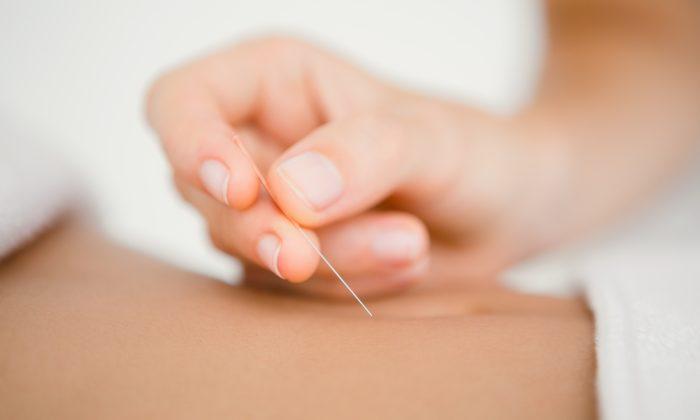
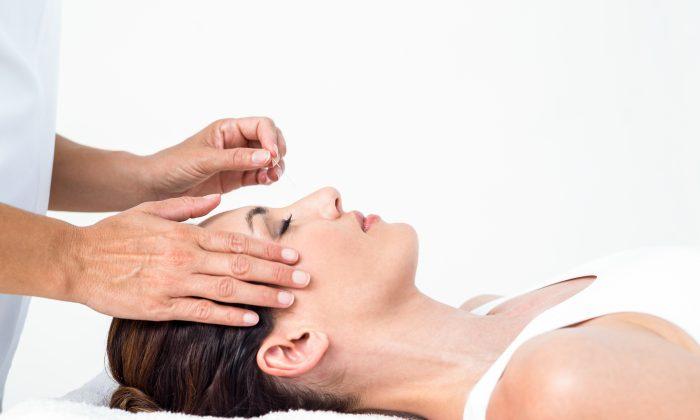
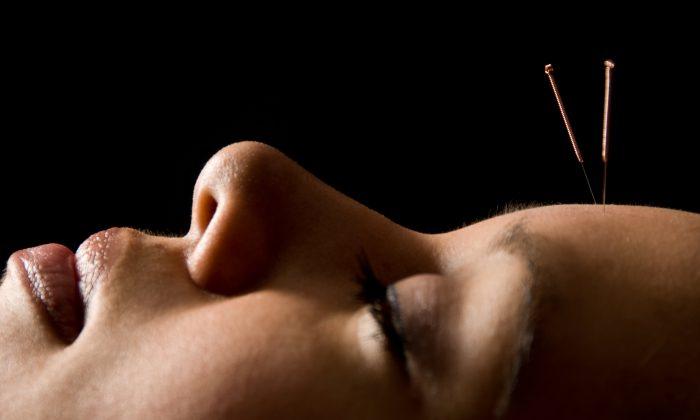
Friends Read Free